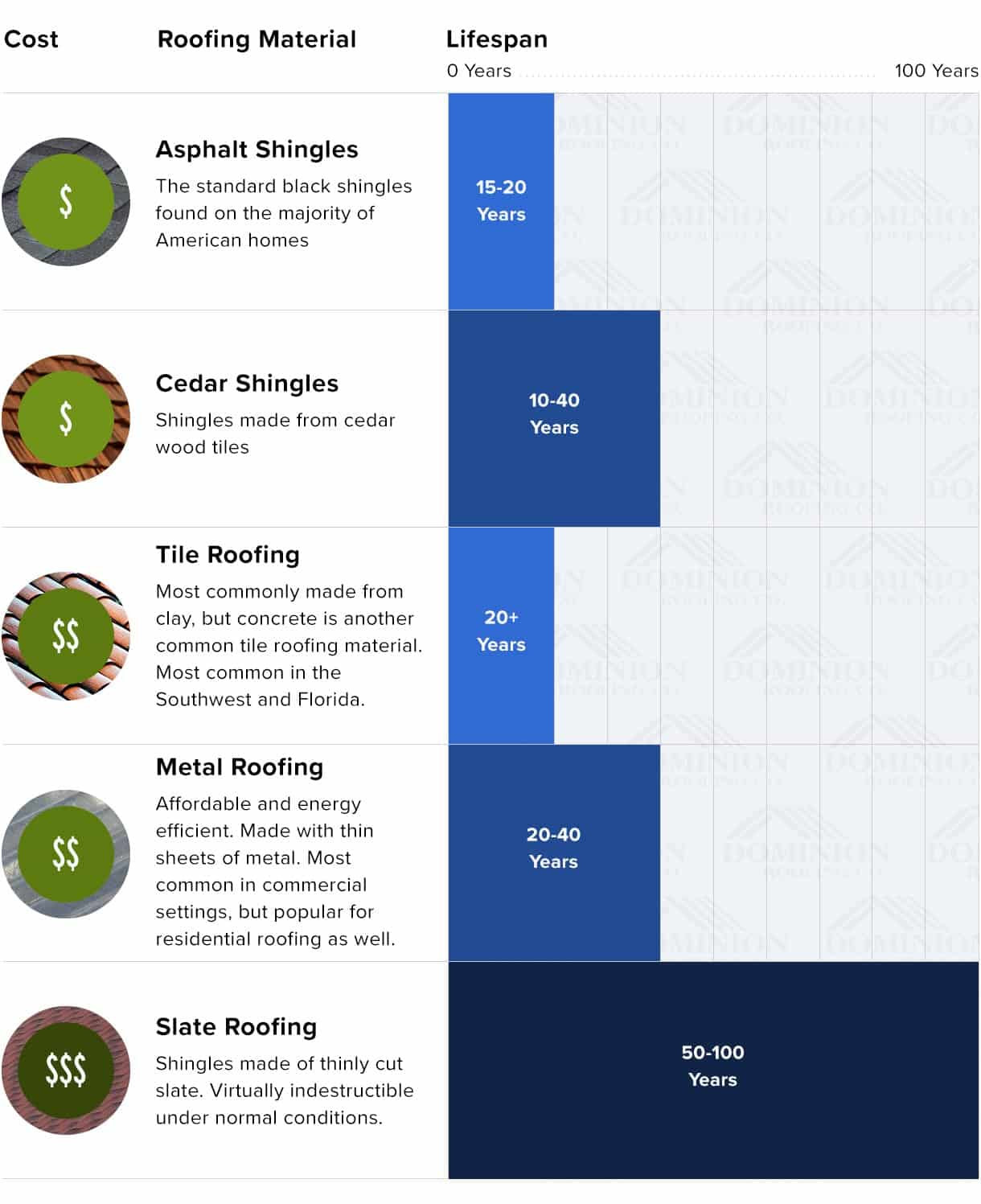Neglecting The Relevance Of Roof Air Flow Can Lead To Considerable Damages; Determine The Essential Aspects That Promote A Successful Setup And Secure Your Investment
Neglecting The Relevance Of Roof Air Flow Can Lead To Considerable Damages; Determine The Essential Aspects That Promote A Successful Setup And Secure Your Investment
Blog Article
Content Writer-Caldwell Iversen
When you're dealing with a roofing task, you might not think much regarding roof ventilation, however it's more critical than you understand. Efficient air flow assists control temperature level and dampness in your attic room, stopping problems like mold and mildew and architectural damage. By recognizing how to design and set up a well balanced ventilation system, you can improve energy effectiveness and extend the life-span of your roofing materials. So, what are the crucial factors to consider throughout installment that can make all the distinction?
Relevance of Roofing Air Flow
Roof covering ventilation plays a critical role in preserving the general health and wellness of your home. By allowing fresh air to flow via your attic, it helps manage temperature level and wetness levels. This balance is important to prevent heat build-up throughout hot months, which can result in enhanced power expenses as your air conditioning burns the midnight oil.
Moreover, appropriate ventilation considerably reduces the threat of moisture-related concerns like mold and mildew and mildew. If moisture levels rise, your home's architectural stability can be jeopardized, leading to expensive repairs. You would not want to handle decomposing timber or deformed roofing products, right?
Furthermore, sufficient ventilation prolongs the life-span of your roofing system. When heat and moisture are kept in check, your roofing system can do ideally, avoiding early deterioration. This implies fewer migraines and expenses down the line.
Exactly How Roof Covering Air Flow Functions
Effective roofing air flow relies on the all-natural activity of air to create an equilibrium in between intake and exhaust. When you mount vents, you're essentially allowing fresh air to enter your attic while allowing warm, stale air to escape. contractor for home renovation heights tx assists regulate temperature level and wetness degrees, avoiding problems like mold and mildew development and roofing damage.
Intake vents, commonly discovered at the eaves, reel in trendy air from outdoors. On the other hand, exhaust vents, located near the ridge of the roofing system, allow hot air increase and exit. The difference in temperature level creates an all-natural airflow, called the pile result. As warm air rises, it creates a vacuum cleaner that draws in cooler air from the lower vents.
To optimize this system, you need to make certain that the consumption and exhaust vents are properly sized and positioned. If the intake is limited, you won't attain the wanted ventilation.
Similarly, inadequate exhaust can trap heat and wetness, resulting in prospective damages.
Trick Installation Considerations
When installing roofing ventilation, several key factors to consider can make or damage your system's efficiency. First, you require to examine your roofing system's design. The pitch, form, and materials all influence air movement and ventilation selection. See to it to select vents that suit your roofing type and neighborhood climate conditions.
Next, think about san antonio, tx roof inspection san antonio, tx skyroofingconstructiontx.com of your vents. Preferably, you'll desire a well balanced system with consumption and exhaust vents placed for ideal air movement. Area intake vents short on the roof and exhaust vents near the height to urge an all-natural flow of air. This setup aids avoid wetness build-up and advertises energy effectiveness.
Do not forget insulation. Proper insulation in your attic prevents heat from running away and keeps your home comfortable. Make certain that insulation doesn't obstruct your vents, as this can impede airflow.
Finally, consider upkeep. Pick air flow systems that are very easy to access for cleaning and evaluation. Routine upkeep ensures your system continues to function successfully with time.
Final thought
In conclusion, roofing system ventilation is essential for an effective setup. By ensuring appropriate air flow, you can prevent warm buildup and wetness concerns that lead to costly damages. When you strategically placement intake and exhaust vents, you enhance energy effectiveness and lengthen the life-span of your roof covering. Keep in mind, a well-ventilated roofing system not just shields your financial investment however also improves your indoor air quality. So, focus on air flow to ensure a durable and cost-efficient roofing system for your home.
